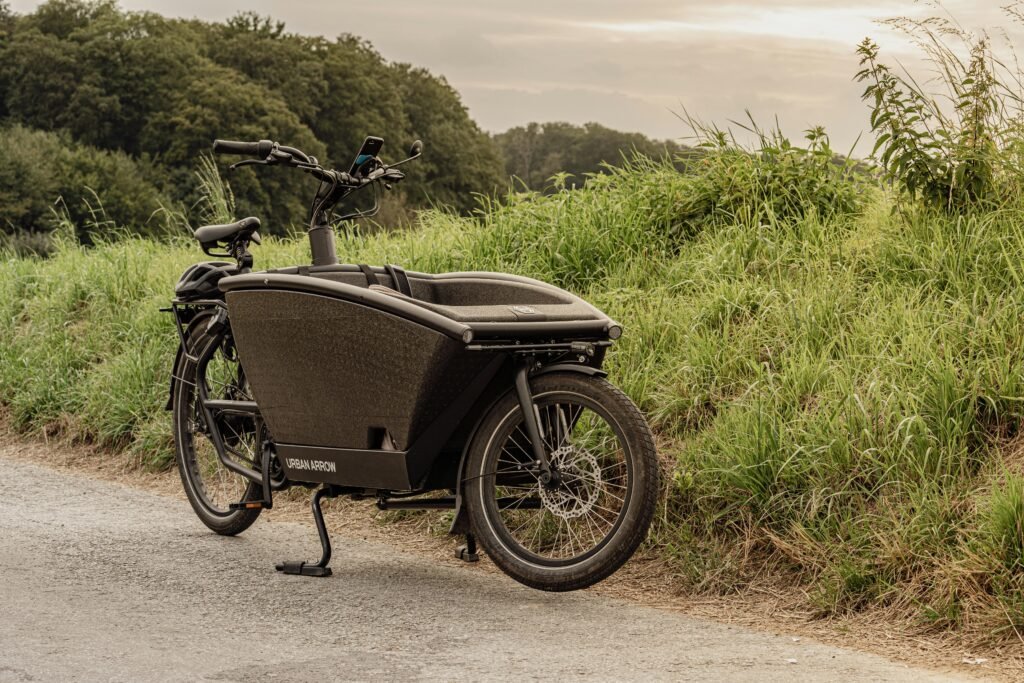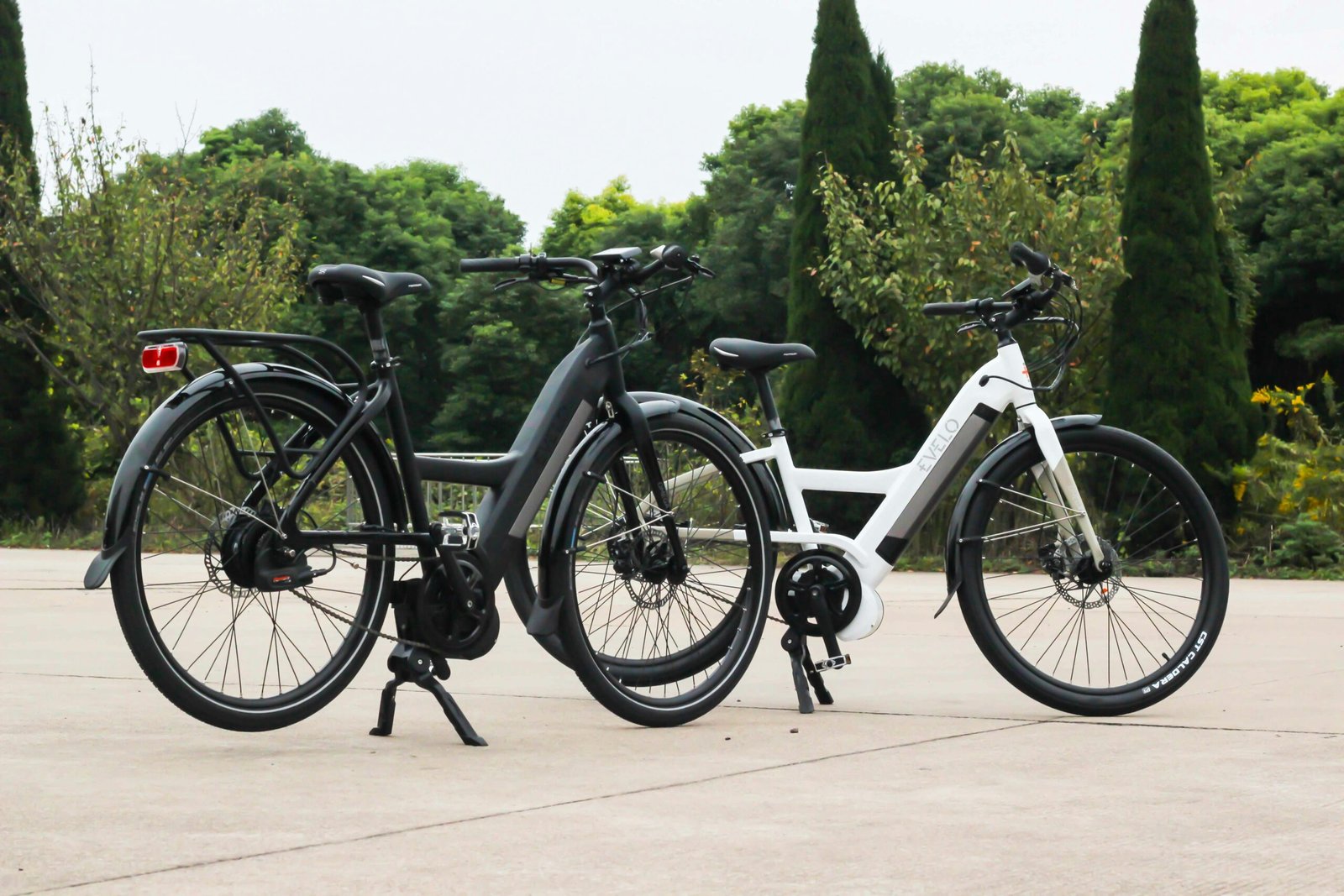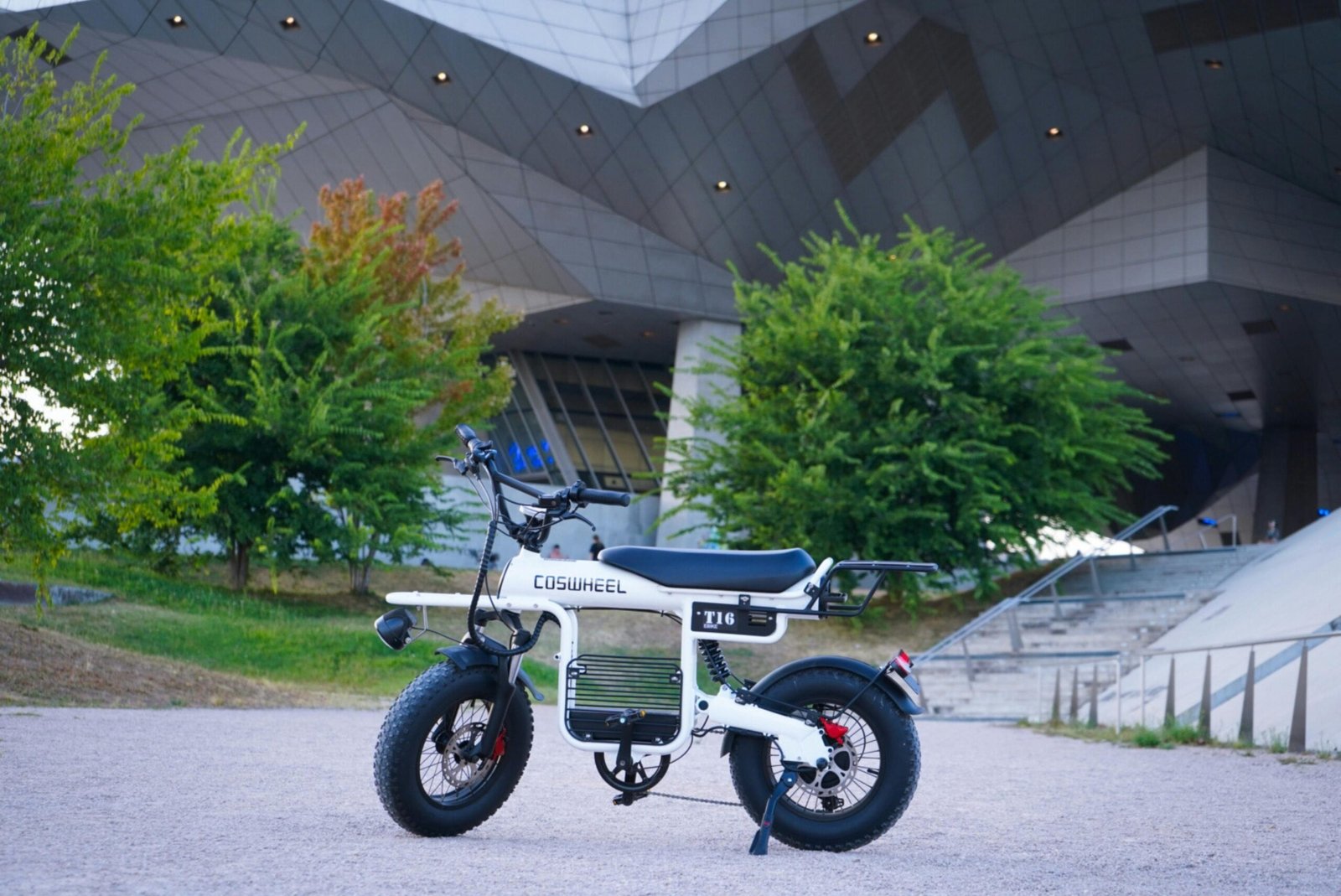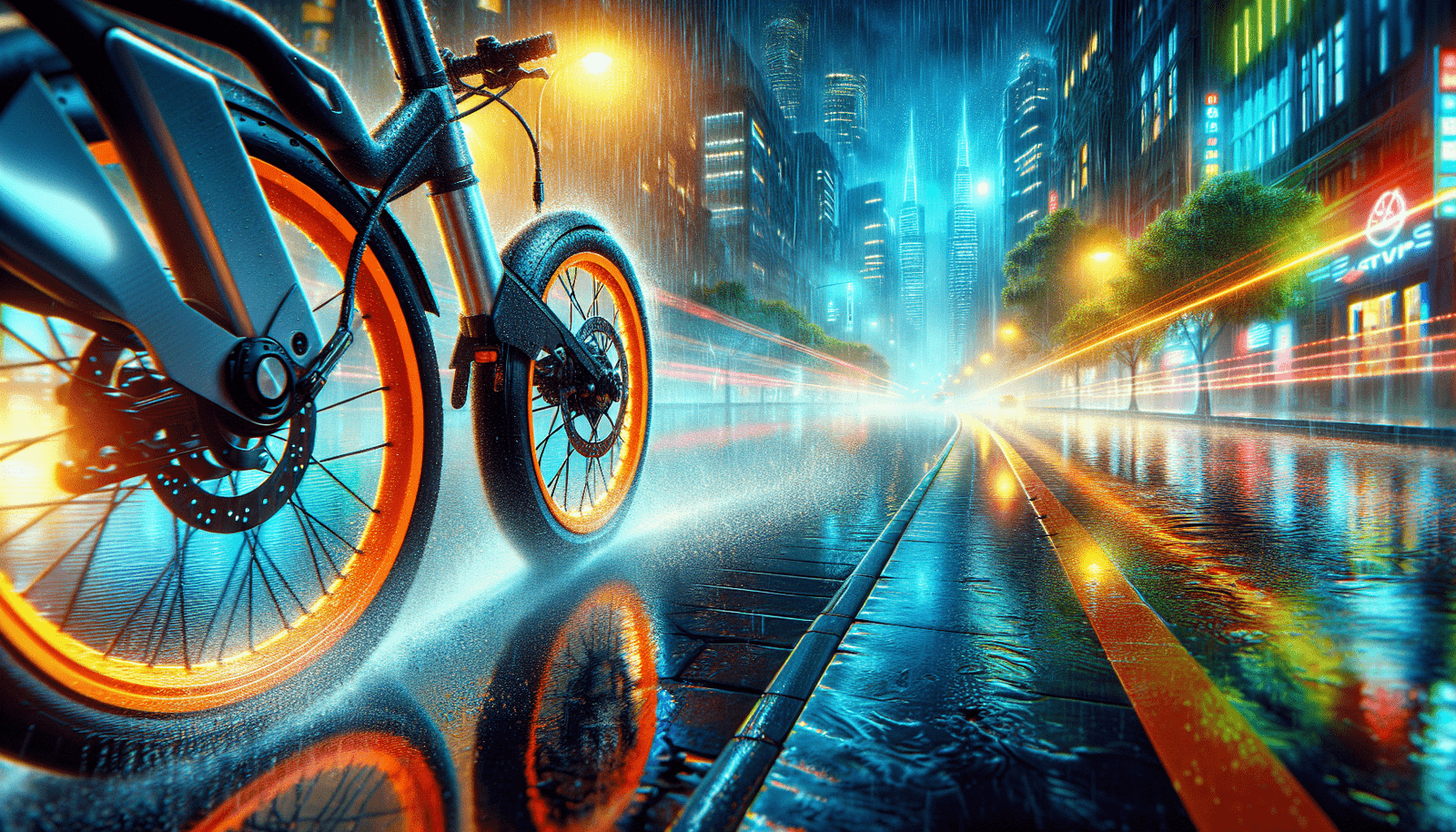Have you ever wondered how electric bikes perform when the weather takes an unexpected turn for the worse? Navigating through wet and slippery conditions can present unique challenges, but with the right knowledge and precautions, you can safely enjoy your e-bike adventures come rain or shine. Let’s explore how electric bikes handle these tricky conditions and provide some well-rounded advice to help you ride securely and confidently.

Understanding Electric Bike Performance in Wet Conditions
Electric bikes, just like traditional bicycles, face a unique set of challenges when it comes to wet and slippery conditions. While they do add the aspect of an electric motor and battery, their core principles still revolve around cycling. Here’s what you should know:
Component Vulnerability
Electric bikes consist of several components, including a battery, motor, throttle, and electrical wiring. Water can potentially damage these if not properly protected. However, most quality electric bikes come equipped with water-resistant features and ratings known as IP ratings (Ingress Protection ratings).
| IP Rating | Description |
|---|---|
| IPX4 | Resistant to water splashes from any direction |
| IPX5 | Can handle low-pressure water jets |
| IPX6 | Can withstand high-pressure water jets |
| IP67 | Can be submerged in water up to 1 meter for 30 minutes |
A higher IP rating provides better protection. It is always a good idea to check the specific IP rating of your e-bike to understand its water resistance capabilities.
Traction and Tires
Tires play a crucial role in maintaining traction on wet surfaces. E-bikes typically come with a variety of tire types, and choosing the right one can make all the difference during wet weather. Wider tires with deeper treads are more effective in displacing water and providing better grip.
Breaking Systems
Electric bikes often come equipped with advanced braking systems compared to traditional bikes. Hydraulic disc brakes, for instance, offer better and more consistent stopping power in wet conditions compared to rim brakes. These brakes can help maintain a safer riding experience even when the roads are slippery.
Riding Techniques for Wet Weather
Riding in wet and slippery conditions requires a change in your usual riding style. It’s essential to adopt certain techniques to maintain control and safety.
Slow Down
One of the most critical adjustments is reducing your speed. Wet surfaces decrease traction, making it easier to slip. Slowing down gives you more time to react and maintain control over your bike.
Increase Stopping Distance
Wet conditions increase the time it takes to come to a complete stop. Begin braking earlier than usual and apply both brakes evenly to prevent skidding. Gradual braking avoids locking up the wheels and keeps your ride stable.
Cornering
Taking corners in wet conditions can be particularly hazardous. Approach corners with reduced speed and avoid leaning too much. Instead, try to keep your bike as upright as possible and maneuver by turning the handlebars more.
Avoid Sudden Movements
Sudden accelerations, abrupt turns, or quick stops can all lead to loss of control on slippery surfaces. Smooth and gradual movements are the key to keeping your bike steady.
Preparing Your Electric Bike
Before heading out into wet weather, a few preparatory steps can significantly improve your safety and the bike’s performance.
Check Tire Pressure and Treads
Make sure your tires are inflated to the recommended pressure level. Under-inflated tires can reduce traction. Inspect your tire treads for wear and tear, and consider switching to a set designed for wet conditions if you ride in the rain frequently.
Inspect Brakes
Ensure your brakes are in optimal working condition. Wet weather can affect braking performance, so it’s essential to have well-maintained brakes. If your bike uses rim brakes, clean the rims and brake pads to remove any water or mud accumulation.
Lubricate the Chain
Wet and muddy conditions can wear down your bike chain faster. Use a wet lube formulated for such conditions to keep the chain running smoothly and to prevent rust.
Protect Electrical Components
Though many e-bikes come with water-resistant features, it’s always good to take extra precautions. Use waterproof covers for your display panel and battery, and ensure all electrical connections are properly sealed.
Lights and Reflectors
Visibility can be a challenge in wet or foggy weather. Equip your bike with bright front and rear lights, and ensure your clothing has reflective elements to make you more visible to other road users.
Addressing Common Concerns
Battery Safety
Many riders worry about the potential for battery damage due to exposure to water. High-quality e-bike batteries are designed to handle wet conditions up to a certain extent, given their IP ratings. However, it’s still advisable to avoid submerging your bike in water and promptly dry it off after exposure to rain.
Electrical Shorts and Malfunctions
Concerns about electrical shorts are valid, but most e-bike manufacturers have designs in place to prevent this. Properly sealed connections and water-resistant housings significantly reduce the risk of electrical short circuits.
Maintenance Frequency
Wet conditions can lead to more frequent maintenance needs, particularly for the drivetrain and brakes. Clean and lubricate your bike more often if you are riding in wet conditions to ensure longevity and optimal performance.

Post-Ride Care for Wet Conditions
Taking care of your bike after a wet ride is just as important as preparing for it.
Drying Your Bike
After a ride in the rain, make sure to dry your bike thoroughly. Use a towel to wipe down the frame, battery, and motor housing. Pay special attention to drying off the brakes to prevent rust and to ensure optimal performance.
Inspecting for Water Damage
Check your bike for signs of water damage. Inspect electrical connections, the battery housing, and the display panel. If you spot any condensation inside the electrical components, allow the bike to air out fully before attempting to charge or use it again.
Re-Lubricating
Wet conditions wash away lubrication from essential components such as the chain and gears. Re-apply a wet lube to keep the drivetrain functioning smoothly and to minimize rust.
Long-Term Considerations
Regular riding in wet conditions requires some long-term considerations for maintaining your e-bike effectively.
Upgrading Components
If you frequently ride through wet and slippery conditions, consider upgrading some of your e-bike’s components. For example, replacing standard tires with ones specifically designed for wet weather, or upgrading to more premium, water-resistant electrical components.
Professional Inspections
Periodic professional inspections can help identify and rectify issues before they become problematic. Ensure your e-bike shop checks areas that are more susceptible to water damage.
Storage Solutions
Store your e-bike in a dry and cool place, and if possible, invest in a quality bike cover for added protection. Keeping your e-bike sheltered can significantly extend the lifespan of its components.

Frequently Asked Questions
Can You Ride an Electric Bike in Heavy Rain?
Yes, you can ride an electric bike in heavy rain, but it’s crucial to ensure your bike has a high IP rating and that you take necessary precautions. Riding slowly, using proper lights, and ensuring good traction are essential for safety.
How Do You Prevent Water Damage to the Motor and Battery?
Preventing water damage involves using bikes with high IP ratings, making use of waterproof covers, and drying your bike after each wet ride. Additional sealing and waterproofing measures can also be considered for added protection.
Is It Safe to Charge the E-Bike Battery After Being in the Rain?
Always ensure the battery and its connectors are dry before charging. Charging a wet battery can pose risks; therefore, it’s vital to thoroughly dry the components or allow them to air out before plugging them in.
What Is the Best Tire Type for Wet and Slippery Conditions?
Wider tires with deeper treads offer the best traction in wet and slippery conditions. Some brands offer tires specifically designed for rain, incorporating special rubber compounds and tread patterns that enhance grip.
Final Tips for Riding in Wet Conditions
Riding an electric bike in wet and slippery conditions doesn’t have to be daunting. Equipping yourself with the proper knowledge, tools, and maintaining an awareness of your bike’s limitations can make all the difference.
Use Mudguards
Mudguards help in keeping water and mud off your clothes and reduce the amount of water that gets flung onto your bike’s components, thereby minimizing maintenance needs.
Wear Proper Gear
Invest in waterproof and reflective gear. Waterproof gloves, jackets, and shoes can keep you dry and comfortable, and reflective gear ensures other road users can see you in low-visibility conditions.
Plan Your Route
Choosing routes with less traffic and better road conditions can make your ride safer and more enjoyable. Avoid paths that are known to flood or have poor drainage.
Monitor Weather Conditions
Always check the weather forecast before heading out. If conditions are expected to worsen significantly, it might be worth rescheduling your ride to avoid unnecessary risks.
By following these guidelines and equipping yourself with the necessary knowledge, you can confidently tackle wet and slippery conditions on your e-bike. Safety should always be your top priority, but with the right preparation and mindful riding, rainy days can become just another part of your enjoyable biking routine.


